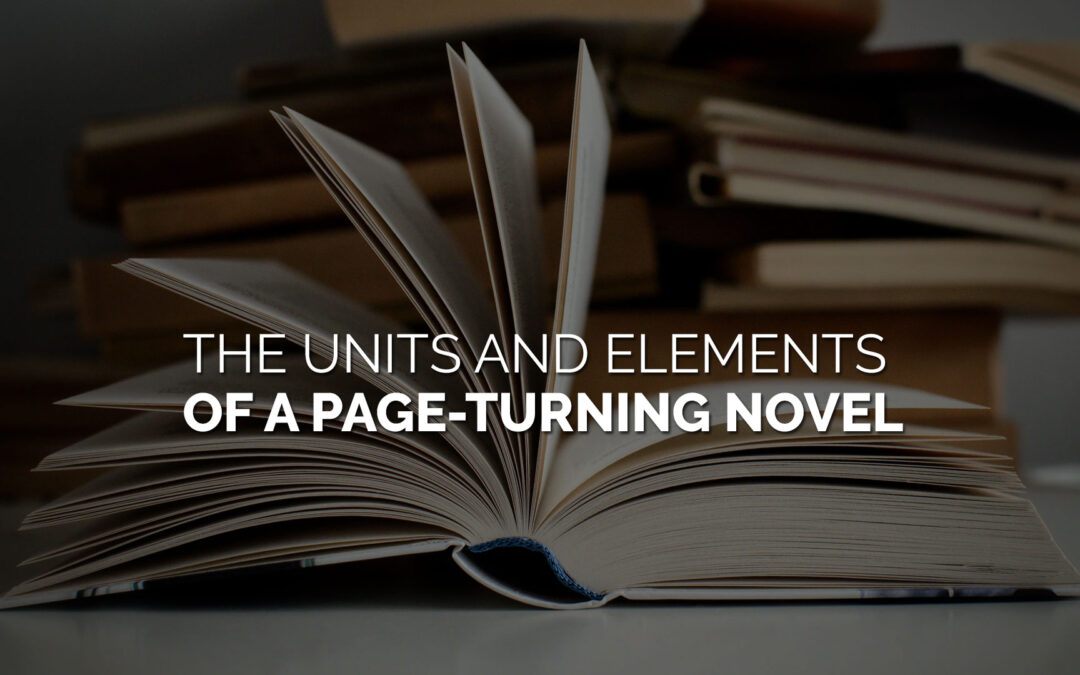The ultimate dream of every writer is to keep readers way past their bedtime with a page-turning book. However, writing processes are never easy. You must take note of all the dos and don’ts for you to achieve and come up with a successful one. If you desire to know the important components, you definitely should read on.
Word after word, page-turners will hook readers from beginning to end—subsequently, many authors and aspiring authors dream of writing a book that gives off this ramification. It determines a novel’s success. The kind of book that readers gravitate towards are the kinds that can grip them. There should be no spaces wasted, and every page should feel important. Writing may not be rocket science, but writing a book will require you to study elements and units. To help you out, this blog gathered the needed units and elements of a great book. First, let us discuss the units or global story of good storytelling—hook, build, and payoff.
The beginning, middle, and end of your narrative are the most important pieces of your story. Thus, initially boiling your pile of pages down to these three units is a must. How your story hooks, builds and pays off is everything that matters. These units will go hand in hand with your inciting incident, complications, crisis, climax, and resolution. The determinant that a unit is effective is when it has a change or shift in life circumstances of the characters. In other words, these units will entice readers to keep reading as it provides shifts. When shifts happen, there is something to look forward to. Thus, focusing on the global story or narrative units is essential in the writing process.
Apart from the units, there are other components that contribute to a successful novel. This is composed of the characters, the setting, the plot, the conflict, and the resolution. This blog will tackle each one for you to understand the process better.
Setting
Your setting will set the mood of the story. The setting serves as the environment or surroundings of the story. It can even determine whether your story is set in the future, in the past, or fantasy. Descriptive writing is really something of use in this element as you need to make sure that the readers can get a full picture of the scenarios.
Characters
The individuals of the story are the ones that drive force. They make the world and your narrative come to life. One technique that can help you create amazing characters is to introduce them in the story with enough background that readers can connect to. The readers should be able to visualize each person. Thus, in the very first pages of the book, you should make sure that you provide a detailed description of a character’s physical attributes and qualities. Always remember that your characters are the number one factor that contributes to how readers relate to the story. So, make sure to focus on being creative with this element. If you want to learn techniques in developing your characters, read books like Paul Shemella’s trilogy. Manuel Noriega on Shemella’s The Dictator’s Revenge book, the third book is a great example.
Plot
This is the element that makes your story a story. There are many types of plots, such as comedy, tragedy, a hero’s journey. In other words, the plot serves as the actual narrative on which the entire book is based. A plot should have a clear beginning, middle, and end. All the other elements in your story will make perfect sense with a plot. It would help if you never fell short on your plotting tasks as it will give your a chance to bloom your readers’ interest.
Resolution
After your conflict and nearing the end of your story, you should satisfy your readers with a worthy resolution. It would be best if you made sure that the resolution suits the overall theme and tone of your story.
Conflict
Readers love conflict. When they are already connected to the characters and have a sense of feeling for them, the conflict will be the one component that remains this connection. They like to help characters, mostly the protagonists, to solve the conflict. It gives readers excitement, which they are longing for when they read a fiction novel.



Recent Comments